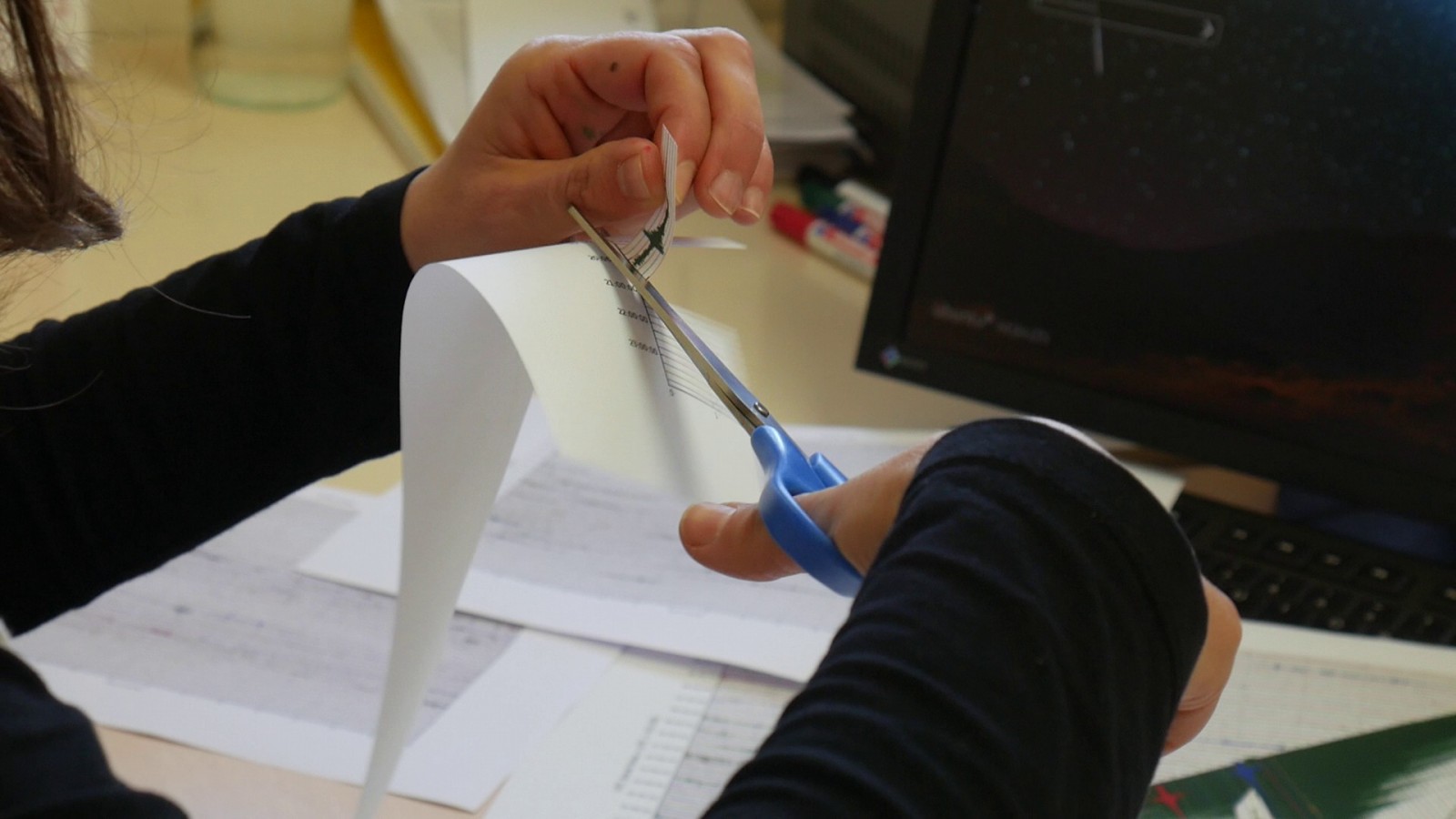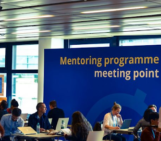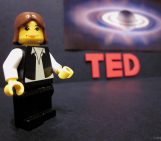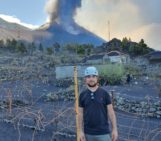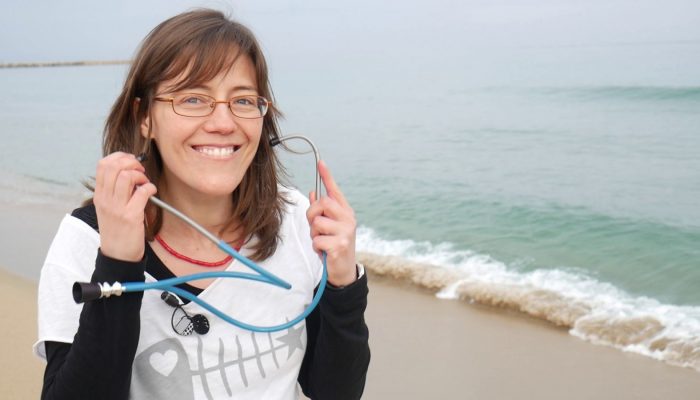
If you’ve not heard about our Communicate Your Science Video Competition before it gives early career scientists the chance to produce a video up-to-three-minutes long to share their research with the general public. The winning entry receives a free registration to the General Assembly the following year.
In this GeoTalk interview, Laura Roberts talks to Beatriz Gaite an early career scientist whose video on how recycling the noisy part of recordings made by seismometers can tells us important information about the Earth’s interior structure was voted as the winning entry of the 2016 Communicate Your Science Video Competition. Read on to hear about their top tips for filming a science video and what inspired them to use video to communicate their science in the first place.
Before we get started, could you introduce yourself and tell our readers a little more about your research?
I am a seismologist mainly studying the Earth structure. I did my PhD on Mexico and its vicinity using a novel approach developed in the last decade. Before, seismologists used to study earthquake signals to infer the inner structure, but now we can also study seismic ambient noise, which is everything on a seismic record… except the earthquake signals! This means we now analyse what used to be thrown away, once considered useless. In this sense, it is like recycling. This has revolutionised the field and opened multiple applications, not only for imaging the Earth interior, but also for monitoring landslides, volcanoes or climate change effects.
Some of our readers may yet not be familiar with the competition, can you tell us a little more about it and what made you decide to take part in the competition?
Yes, the EGU video competition consists on explaining your research to a general audience through a three minute video. Once ready, you submit your video to EGU and disseminate it as much as possible to get people to vote for it . I decided to take part because I was fascinated with the bunch of applications developed from seismic ambient noise and aware of the importance of communicating science to society. This cocktail of thoughts inspired me to create the video.
Watch Beatriz’s winning film, Subtle Whisper of the Earth
Had you filmed any science videos prior to producing ‘Subtle Whisper of the Earth’?
No, never. Only as a teenager I recorded some short, home-made videos for outdoor activities, but nothing related with science. However, in the production of Shubtle Whisper of the Earth I was helped by two professionals: Jordi Cortés, the journalist in charge of the communication at the Institute of Earth Sciences Jaume Almera, ICTJA-CSIC, who filmed and edited the video, and Daniel García (@rocambloguesco), an Earth Sciences communicator who helped me with the script.
What inspired you to make a film about your research and submit the entry to the competition?
Since I finished my PhD I was thinking about making a documentary to show how seismic ambient noise was such a big evolution for seismology. Indeed, I already had some script ideas bubbling in my mind. Then, I found out about the competition through the recently created communication department of my center and, after thinking about it I went for it. I thought it [the video competition} was a great opportunity to make my ideas real.
We can’t go into too much detail here, but how did you go about collecting the footage and turning it into a film?
First, I adapted my original ideas to the length of the video competition specifications. After several iterations, I got the main idea. In parallel, I thought on the story: I needed something common to people, like recycling. I made a script, then Daniel helped me to simplify it from the research realm to society, and I organised it in sequences, duration and film resources. All these steps were the most time-consuming part. Jordi and I organized the “field work” dividing the filming on indoor and outdoor. Since we organized the sequence planning in advance, it took us only one morning shooting indoors and one afternoon outdoors. Jordi’s experience behind the camera and in production helped a lot to get the final video, but we only used user-level material and software for producing and editing.
What’s your top tip for aspiring science filmmakers?
Have a clear idea of the message you want to communicate. Also, you need a story to catch the attention of the audience. Once you have the idea and the story, the next step, how to visually express them, comes easily.
Which part of the filming process did you enjoy the most?
I enjoyed the whole process, but especially two parts: first, the beginning of the creative process, thinking what, why, and how I wanted to communicate the story, imagining the screenshots in my mind. And second, shooting with Jordi was really fun, I enjoyed it a lot, it was like a game.
Would you recommend filmmaking as a way for scientist to reach out to a broad audience?
Sure! When I started I did not think that the video would reach as many people as it did. I was really happy when some friends told me ‘now we know what you do’. Even some colleagues told me that now they understood pretty well what we get from the seismic ambient noise. It is worth it. A short video is a good way to reach a broad audience globally. Being short, specific and visual are good ingredients to grab attention.
Would you recommend others taking part in the Communicate your Science Video Competition?
Yes, of course. It is an enjoyable exercise to communicate your research. The hardest part of the competition is the self-promotion to get votes, but that’s a different story 😉
Has this interview inspired you to go forth and produce a science video? The Communicate Your Science Video Competition is currently open for submissions.
If you are pre-registered to attend the General Assembly in April, go ahead and produce a video with scenes of you out in the field, or at the lab bench showing how to work out water chemistry; entries can also include cartoons, animations (including stop motion), or music videos, – you name it! To submit your video simply email it to Laura Roberts (networking@egu.eu) by 26 February 2017.
For more information about the competition take a look at this blog post. For inspiration, why not take a look at the finalist videos from the 2015 and 2016 editions? For more tips and tricks on how to make a video to communicate your research read an interview with vlogger extraordinaire Simon Clark. We also spoke to Zakaria Ghazoui, winner of the 2015 video competition to as his thoughts on how to make a great video.

